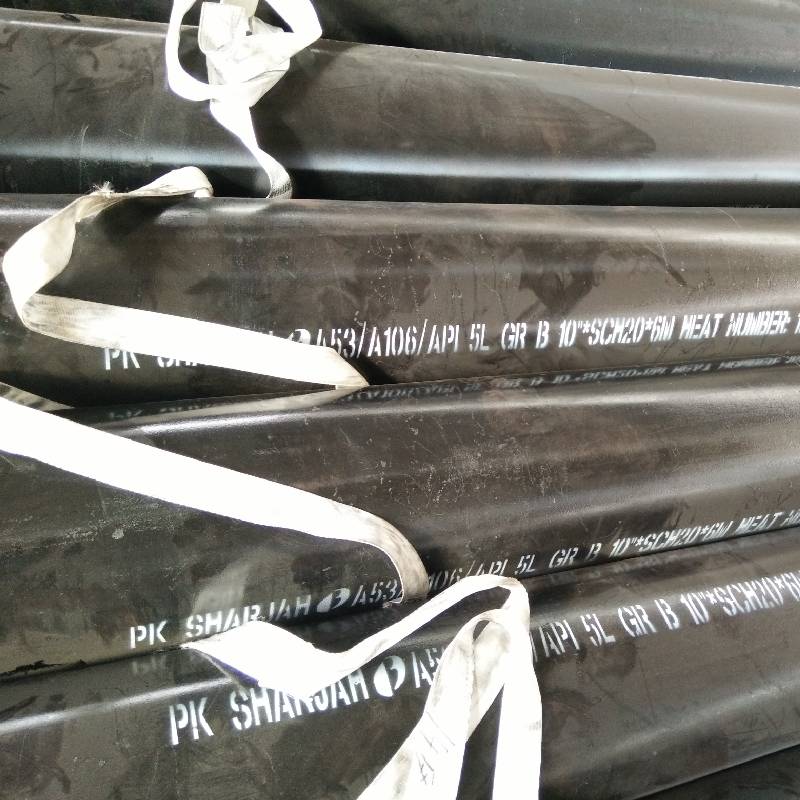-
Cangzhou Yulong Steel Co., Ltd.
-
Phone:
+86 13303177267 -
Email:
admin@ylsteelfittings.com
- English
- Arabic
- Italian
- Spanish
- Portuguese
- German
- kazakh
- Persian
- Greek
- French
- Russian
- Polish
- Thai
- Indonesian
- Vietnamese
- Zulu
- Korean
- Uzbek
- Hindi
- Serbian
- Malay
- Ukrainian
- Gujarati
- Haitian Creole
- hausa
- hawaiian
- Hebrew
- Miao
- Hungarian
- Icelandic
- igbo
- irish
- Japanese
- Javanese
- Kannada
- Khmer
- Rwandese
- Afrikaans
- Albanian
- Amharic
- Armenian
- Azerbaijani
- Basque
- Belarusian
- Bengali
- Bosnian
- Bulgarian
- Catalan
- Cebuano
- China
- China (Taiwan)
- Corsican
- Croatian
- Czech
- Danish
- Esperanto
- Estonian
- Finnish
- Frisian
- Galician
- Georgian
- Kurdish
- Kyrgyz
- Lao
- Latin
- Latvian
- Lithuanian
- Luxembourgish
- Macedonian
- Malgashi
- Malayalam
- Maltese
- Maori
- Marathi
- Mongolian
- Myanmar
- Nepali
- Norwegian
- Norwegian
- Occitan
- Pashto
- Dutch
- Punjabi
- Romanian
- Samoan
- Scottish Gaelic
- Sesotho
- Shona
- Sindhi
- Sinhala
- Slovak
- Slovenian
- Somali
- Sundanese
- Swahili
- Swedish
- Tagalog
- Tajik
- Tamil
- Tatar
- Telugu
- Turkish
- Turkmen
- Urdu
- Uighur
- Welsh
- Bantu
- Yiddish
- Yoruba

Oct . 11, 2024 14:05 Back to list
ss concentric reducer
Understanding SS Concentric Reducers A Key Component in Piping Systems
Stainless steel concentric reducers are essential components in various piping systems used across multiple industries, such as oil and gas, chemical processing, and water treatment. These fittings facilitate the transition between pipes of different diameters while maintaining a smooth flow of fluids, gases, or other materials. In this article, we will delve into the construction, significance, benefits, and specific applications of stainless steel concentric reducers.
What is a Concentric Reducer?
A concentric reducer is a type of pipe fitting that allows for the gradual transition from a larger diameter pipe to a smaller diameter pipe. The term concentric indicates that the two diameters share a common centerline, which is essential for maintaining an even flow and reducing turbulence within the piping system. While eccentric reducers are also available, they differ in that they maintain a flat section along one side, which can be useful in specific applications but may compromise flow efficiency.
Construction and Materials
The primary material used for concentric reducers is stainless steel, chosen for its unique properties that enhance longevity and performance. Stainless steel offers excellent corrosion resistance, strength, and durability, making it ideal for environments that may involve extreme temperatures or exposure to harsh chemicals.
Concentric reducers typically undergo various manufacturing processes, including forging, machining, and welding, depending on their size and design. The most common standards for these fittings come from organizations such as the American Society for Testing and Materials (ASTM) and the American National Standards Institute (ANSI). Adhering to these standards ensures that the reducers meet the required specifications for pressure ratings, dimensions, and overall performance.
Significance and Benefits
The significance of using stainless steel concentric reducers in piping systems cannot be overstated. Their primary function is to ensure smooth transitions between varying pipe sizes, thereby maintaining optimal flow rates and reducing the risk of turbulence and pressure fluctuations. Some key benefits include
1. Increased Efficiency By facilitating smooth transitions between pipe sizes, concentric reducers minimize energy losses associated with turbulence, contributing to overall system efficiency.
2. Versatility These fittings are compatible with various pipe materials and systems, making them suitable for a wide range of applications in different industries.
ss concentric reducer

3. Corrosion Resistance Stainless steel’s inherent properties provide resistance to rust and corrosion, ensuring long-term reliability and reducing maintenance costs.
5. Aesthetic Value The seamless design of stainless steel fittings often blends well with modern piping systems, offering a more polished look compared to other materials.
Applications
Stainless steel concentric reducers find widespread applications across multiple sectors, including
- Oil and Gas Industry Here, concentric reducers play a crucial role in oil processing and transportation, where managing different flow rates and ensuring structural integrity are vital.
- Chemical Processing These fittings are used to connect different stages of chemical reactions or transportation, requiring reliable and durable materials to handle harsh substances.
- Water Treatment Facilities In these settings, concentric reducers help maintain consistent water flow, ensuring efficient treatment processes.
- Food and Beverage Industry Stainless steel’s hygienic properties make concentric reducers suitable for food processing and beverage production, where cleanliness is paramount.
Conclusion
In conclusion, stainless steel concentric reducers are both functional and essential components in piping systems that contribute significantly to the overall efficiency and reliability of fluid transport systems. Their ability to ensure smooth transitions between different pipe sizes while offering durability and corrosion resistance solidifies their importance across various industries. As technology evolves and industries continue to advance, the role of concentric reducers will remain paramount in ensuring the safe and effective movement of materials within intricate piping networks.
Latest news
-
ANSI 150P SS304 SO FLANGE
NewsFeb.14,2025
-
ASTM A333GR6 STEEL PIPE
NewsJan.20,2025
-
ANSI B16.5 WELDING NECK FLANGE
NewsJan.15,2026
-
ANSI B16.5 SLIP-ON FLANGE
NewsApr.19,2024
-
SABS 1123 FLANGE
NewsJan.15,2025
-
DIN86044 PLATE FLANGE
NewsApr.19,2024
-
DIN2527 BLIND FLANGE
NewsApr.12,2024
-
JIS B2311 Butt-Welding Fittings LR/SR 45°/90° /180°Seamless/Weld
NewsApr.23,2024











